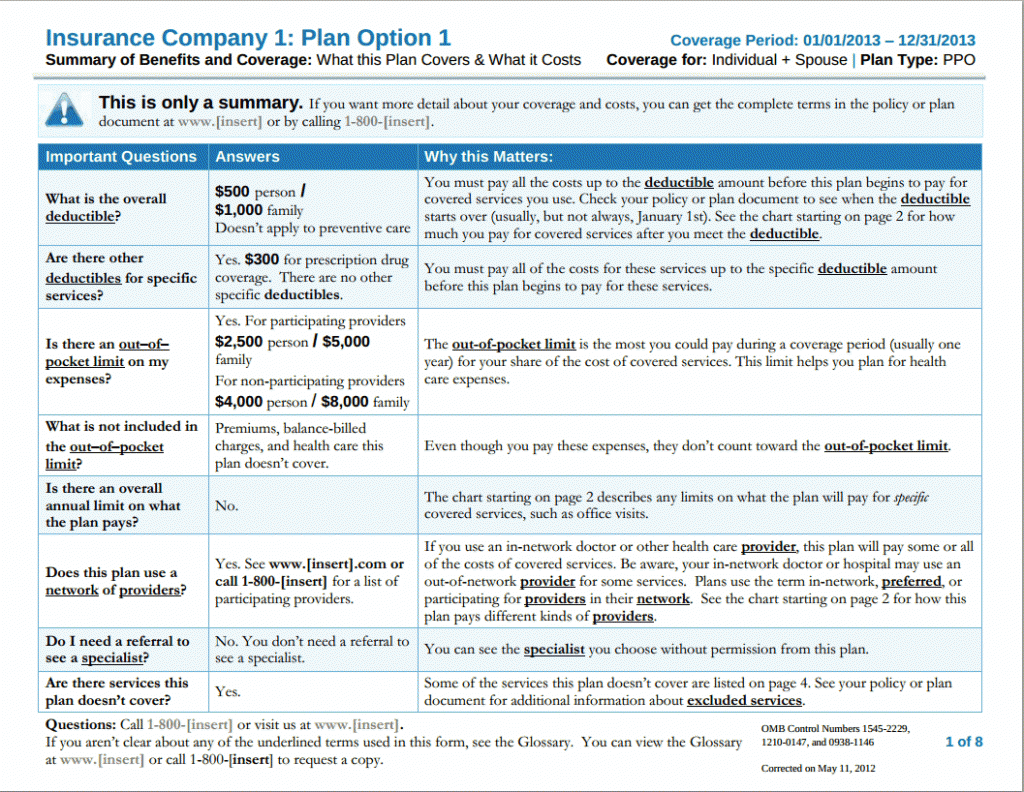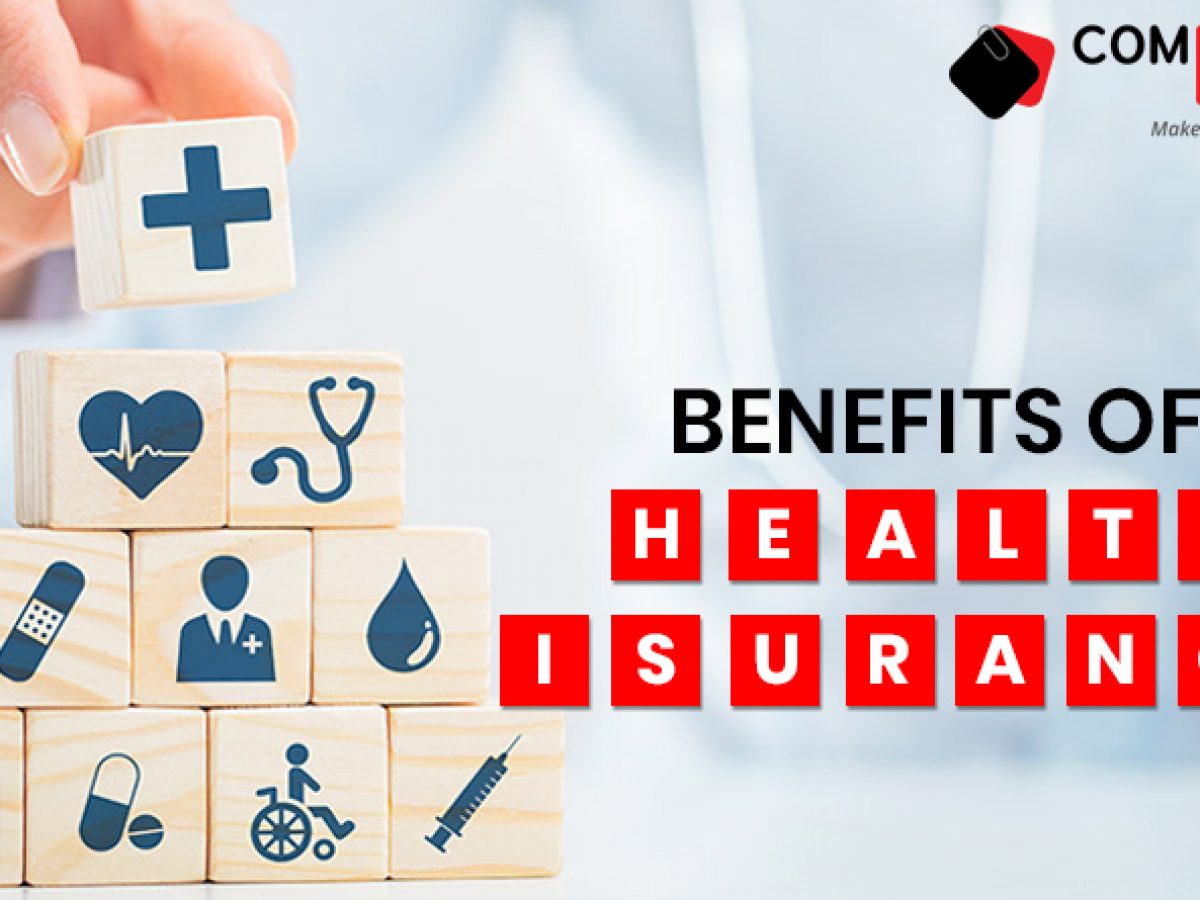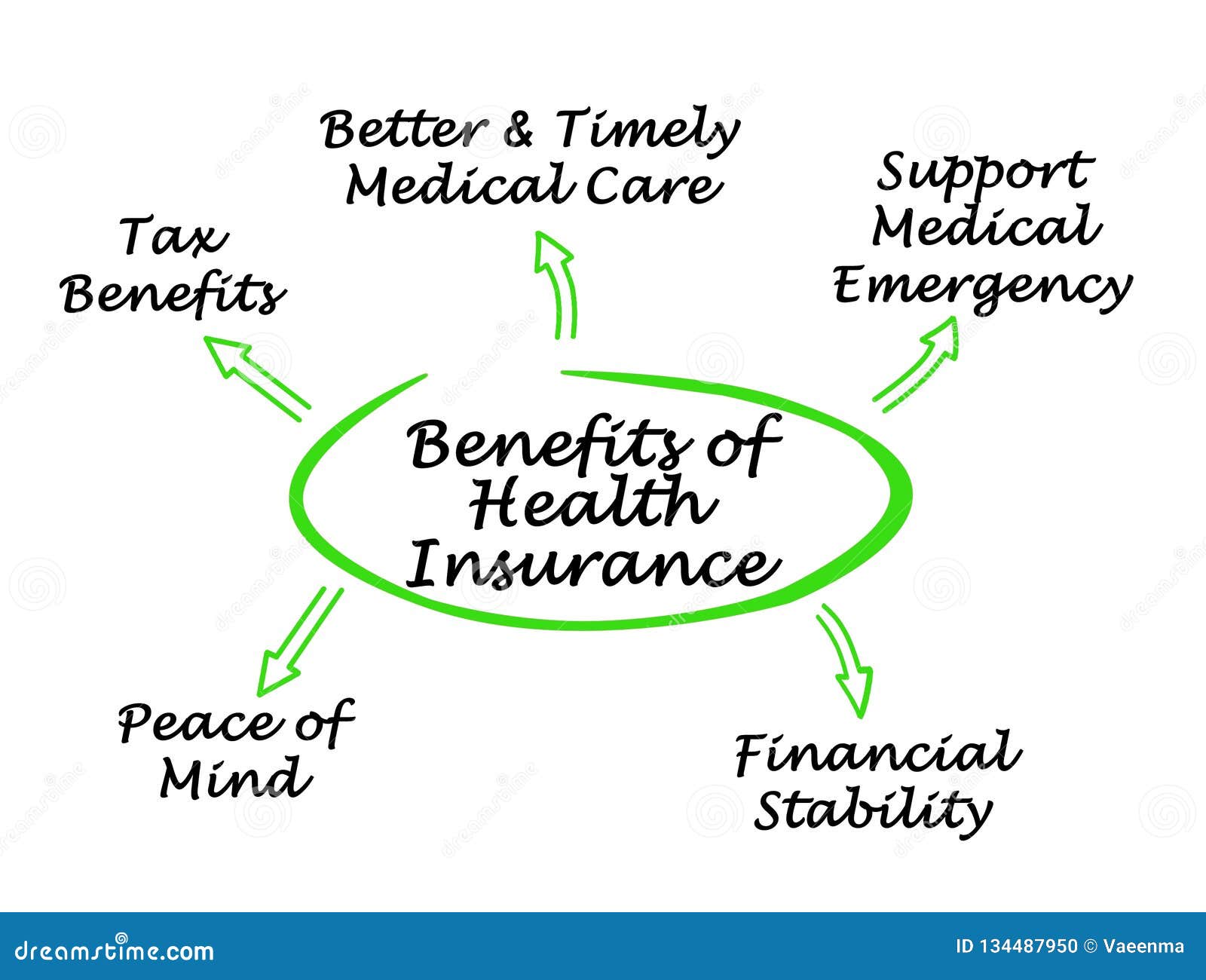A Biased View of Affordable Care Act (Aca) In Toccoa, Ga
A Biased View of Affordable Care Act (Aca) In Toccoa, Ga
Blog Article
Final Expense In Toccoa, Ga Things To Know Before You Buy
Table of Contents9 Easy Facts About Insurance In Toccoa, Ga DescribedThe Best Strategy To Use For Health Insurance In Toccoa, GaUnknown Facts About Medicare/ Medicaid In Toccoa, GaThe Ultimate Guide To Health Insurance In Toccoa, Ga

1 and 3. 2 (Health Insurance in Toccoa, GA), for additional information. New immigrants account for a substantial percentage of people without health insurance policy. One analysis has connected a considerable section of the current growth in the dimension of the united state uninsured populace to immigrants who showed up in the nation between 1994 and 1998 (Camarota and Edwards, 2000)
Health and wellness insurance policy insurance coverage is a crucial element in most models that depict access to healthcare. The partnership in between medical insurance and access to care is well established, as recorded later in this phase. Although the partnership in between medical insurance and health outcomes is neither straight nor simple, a comprehensive professional and health services research study literature links wellness insurance protection to enhanced accessibility to care, much better high quality, and improved individual and populace health condition.
Not known Details About Medicare/ Medicaid In Toccoa, Ga
The issues dealt with by the underinsured are in some areas similar to those faced by the uninsured, although they are generally much less serious. Uninsurance and underinsurance, however, entail noticeably different plan problems, and the approaches for resolving them may vary. Throughout this research study and the five reports to adhere to, the primary emphasis is on individuals without any medical insurance and hence no help in spending for healthcare beyond what is offered via charity and safeguard institutions.

Medical insurance is an effective element influencing receipt of treatment because both people and physicians react to the out-of-pocket price of solutions. Health insurance policy, nonetheless, is neither required neither adequate to obtain access to clinical services. The independent and straight effect of health and wellness insurance policy coverage on access to wellness services is well established.
Others will certainly obtain the health and wellness treatment they require also without medical insurance, by paying for it out of pocket or seeking it from providers that offer care complimentary or at extremely subsidized prices - Life Insurance in Toccoa, GA. For still others, health and wellness insurance policy alone does not make certain receipt of treatment as a result of various other nonfinancial obstacles, such as an absence of health and wellness care companies in their neighborhood, restricted access to transportation, illiteracy, or linguistic and cultural distinctions
What Does Insurance In Toccoa, Ga Mean?
Official study about uninsured populations in the United States dates to the late 1920s and very early 1930s when the Committee on the Price of Medical Care created a series of records concerning funding doctor workplace visits and hospitalizations. This concern ended up being significant as the varieties of clinically indigent climbed during the Great Depression.
Empirical studies continually sustain the web link between access to care and boosted health and wellness outcomes (Bindman et al., 1995; Starfield, 1995). Having a routine source of treatment can be taken into consideration a predictor of accessibility, rather than a straight step of it, when wellness outcomes are themselves made use of as access indications.
Not known Facts About Life Insurance In Toccoa, Ga

Emergency divisions are depicted as a costly and improper site of main care services, several without insurance clients look for care in emergency situation departments due to the fact that they are sent out there by various other health and wellness care service providers or have no place else to go. Emergency situation care experts argue that the nation's emergency situation departments not just work as carriers of last resource but are an essential entrance factor into the health and wellness treatment system (O'Brien et al (https://comicvine.gamespot.com/profile/jstinsurance1/)., 1999)
Phase 2 supplies an overview of exactly how employment-based health insurance, public programs and individual insurance coverage run and engage to supply substantial however incomplete coverage of the united state populace. This includes a review of historic patterns and public laws influencing both public and exclusive insurance coverage, a discussion of the communications amongst the different types of insurance policy, and an assessment of why people relocate from one program to one more or end up with no coverage.Chapter 3 synthesizes existing information to reach a composite summary of the uninsured: What characteristics do individuals without coverage usually share? Where do the without insurance online? The chapter additionally provides details about the risk of being or coming to be uninsured: How does the possibility of being uninsured modification depending on chosen characteristics, such as racial and ethnic identification, rural or metropolitan residency, and age? What are the possibilities for details populations, such as racial and ethnic minorities, country locals, and older working-age individuals, of being uninsured? Exactly how does the chance of being without insurance modification over a life time? Along with characterizing the probability of being uninsured in terms of a solitary dimension, such as gender, age, race, job standing, or geographic region, Phase 3 likewise my response offers the results of multivariate analyses that supply a more interesting depiction of the elements that add to the opportunities of being uninsured.
Report this page